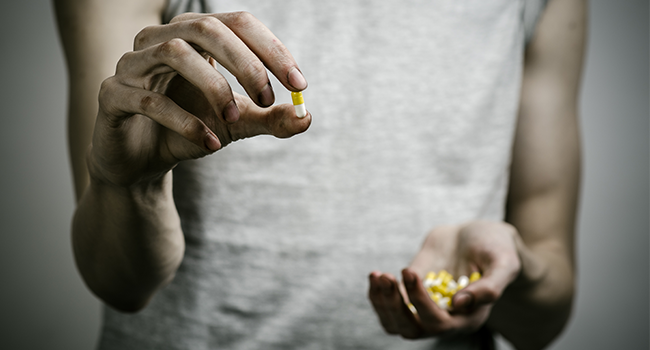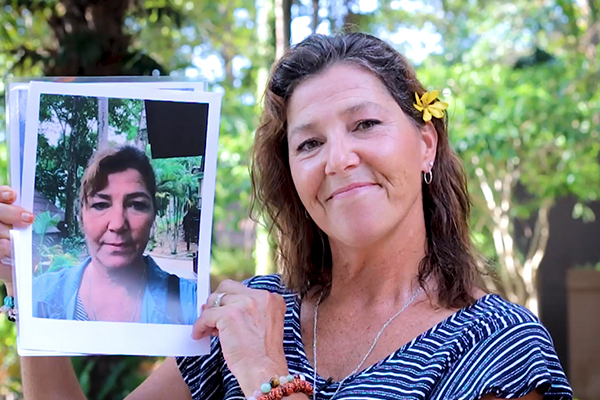Many recreational drug users consider taking amphetamines as a harmless way to enjoy a high. If you are one of these, please think again!
What’s the buzz?
Speed is probably the most common name given to these psychostimulants. This should come as no surprise when you understand that it works by stimulating the central nervous system and literally speeds your mind and body up.
It does so by increasing the presence of three neurotransmitters (chemicals) which are Dopamine, Serotonin and Norepinephrine. Although it increases the activity of all three chemicals its major work is on Dopamine.
Once taken the user may feel nauseous, but this rapidly gives way to feelings of euphoria, a huge lift in energy and they become very talkative.
Every action taken is carried out in double quick time, and sleep along with hunger are the furthest thing from your mind.
How is it taken?
Street amphetamines are generally sold in powder form or as tablets, and there are 5 fairly common ways of taking them. Let’s take a brief look at each in turn:
Bombing:
Considered by many to be the safest and easiest way to take. The speed is put into a folded cigarette paper and twisted into a ‘bomb’ shape and then swallowed.
Dabbing:
Beware of a sore throat/throat swelling, but this is also considered a ‘safe’ way of consumption. The user opens their wrap of speed, licks their finger and dabs it into the powder before swallowing it.
Snorting:
If you are looking to damage your nostrils, or don’t mind unexpected nose bleeds then you would chop the powder finely, roll up a note and snort it.
Injecting:
While no method of taking amphetamines is recommended, injecting it should definitely be seen as a BIG NO-NO. Those who do are leaving themselves wide open to such infections as HIV and Hepatitis, not forgetting the risk of overdose.
The powder is dissolved in a teaspoonful of water, boiled by a naked flame under the spoon and drawn into the syringe before intravenous injection.
Smoking:
The powder can be mixed with tobacco and smoked, many feel this is the least effective way of taking the drug, plus the potential health risks of tobacco use should be taken into account.
How long to take effect?
This depends on how the drug is taken. If bombed or dabbed it can take anywhere between 20-45 minutes to feel the effects. If snorted, smoked or injected the effects are almost immediate.
How long does it last?
How long is a piece of string? If you take one hit then you should start to come down around 4-6 hours after using. However, the need to maintain the buzz means many will continue taking at regular intervals throughout their speeding session.
‘Speed Freak’ is a valid name for the many users who are known to go for several days on an ‘Amp Bender’.
Rest assured, this is not good for your health, wealth or long term happiness, and if such benders continue on a regular basis then these individuals will quickly be looking at a stay in residential rehab.
So what’s the problem with using amphetamines regularly?
Regular users face many issues. This is because your mind and body quickly warm to a tolerance of the drug.
While it tolerates it, this means to get the same high as your previous one you need to feed this desire with greater amounts.
Simple really: The more you take, the more you want, and the more you need to reach the same high. Before you know it you cannot live without it.
This regular use, or constant heavy speed binging that last days on end will in all likelihood also buy you a one-way ticket to long term rehab treatment.
What damage am I leaving myself open to?
The problems that many habitual users face are both physical and psychological.
Amongst many other things it will damage your stomach lining, there is a good chance it will thin your arteries which can lead to internal bleeding, and then there is depression and psychosis to be prepared for.
Trying to quit:
Those using amphetamines on a regular basis, or those who are binge merchants will believe at the outset that it is fairly easy to quit and can do so whenever it suits them.
PLEASE think again. Once this drug has you in its clutches it will not let go easily.
Immediately stopping use will lead to a whole host of withdrawal symptoms that include extreme fatigue, some heavy users find that when they do sleep it is for one full day, little wonder really if they have not slept for 3 or 4 days on the spin.
Excessive hunger is also a big issue. At risk of repetition, this is once again little wonder because however long your speed bender has lasted for one thing is for sure; very little food, if any at all will have passed your lips.
Many suffer from a lack of coordination, you may find your heartbeat is either rapid or irregular, irritation with everyone and everything will not be far from the surface, some have worrying hallucinations, and the sleep you so desperately crave for will be far from peaceful as nightmares are common.
Amphetamine abuse assistance:
If you are one of the many who feel you are now dependent upon amphetamines either to function, or they are required simply to have a good time then professional drug rehab assistance is a must.
Such establishments are geared towards helping you in the best way possible. They employ fully qualified and caring medical, counselling and support staff who will do their utmost to help you kick your habit.
This will be achieved through individually tailored inpatient rehab treatment which is focused on helping you through what is undoubtedly a very testing time of your life.
Just as importantly, they will offer you a variety of aftercare options to allow you to choose the most appropriate for your home situation.
This carefully crafted combination will give you the springboard to maintain an amphetamines free future.













